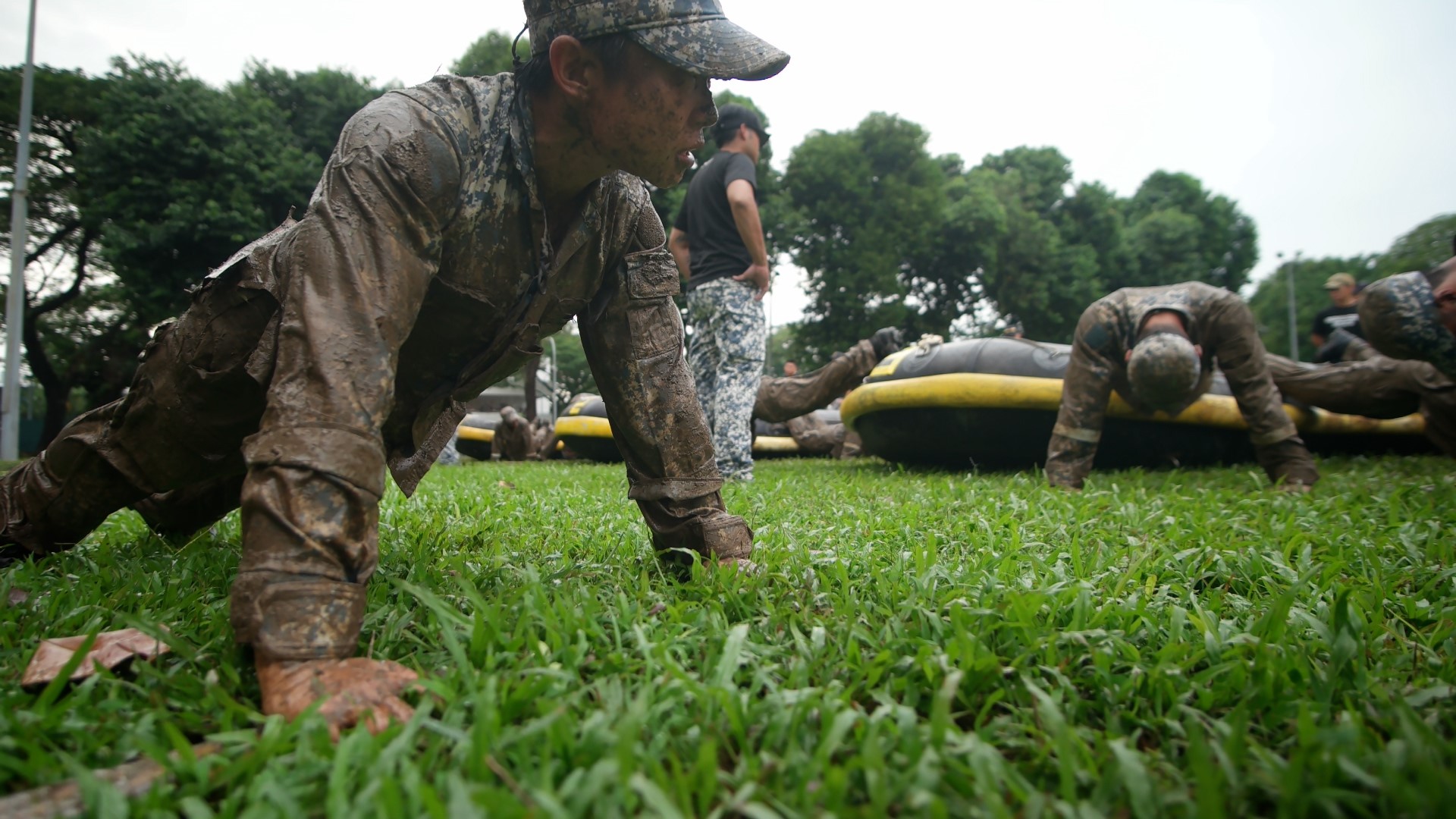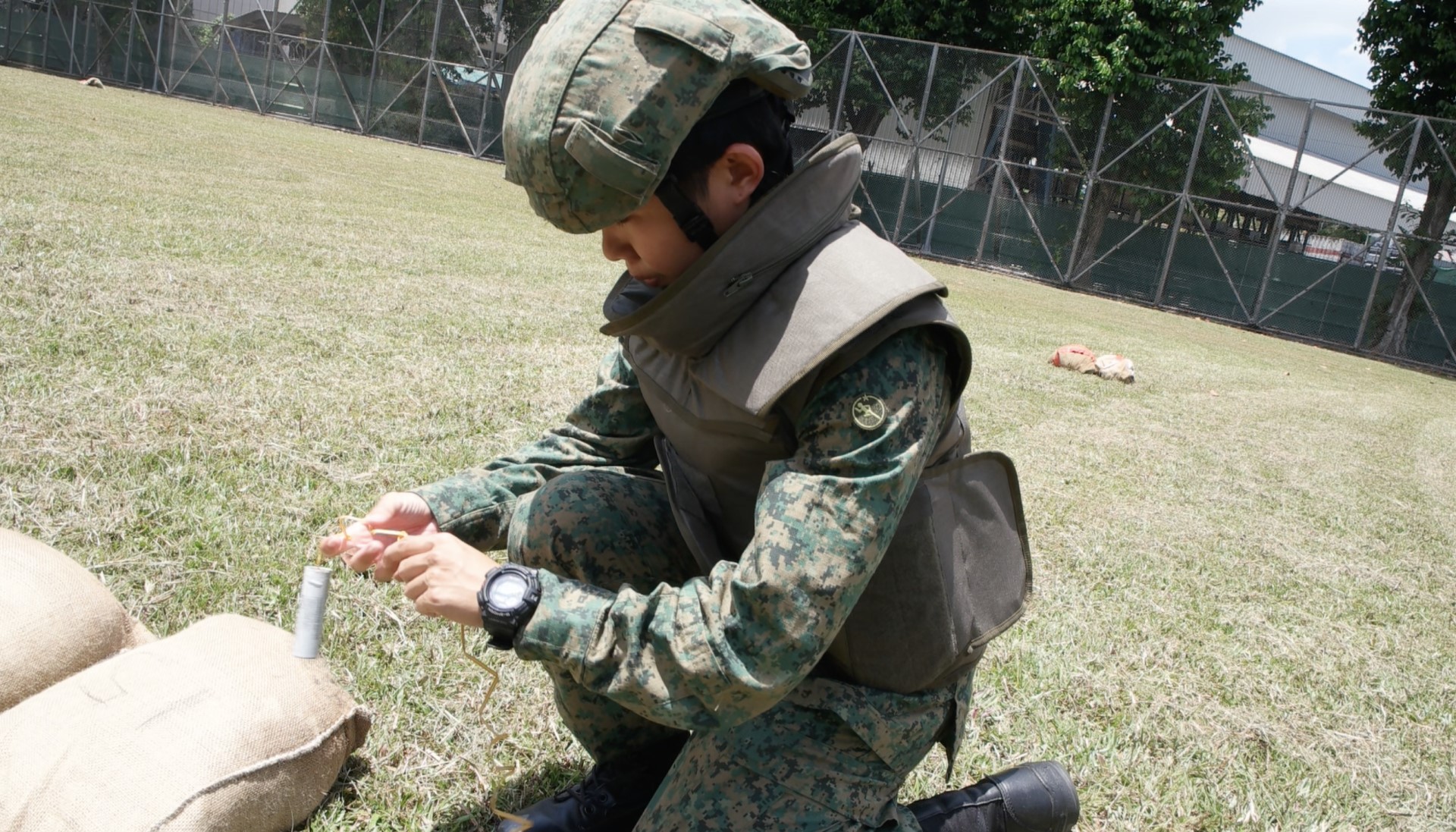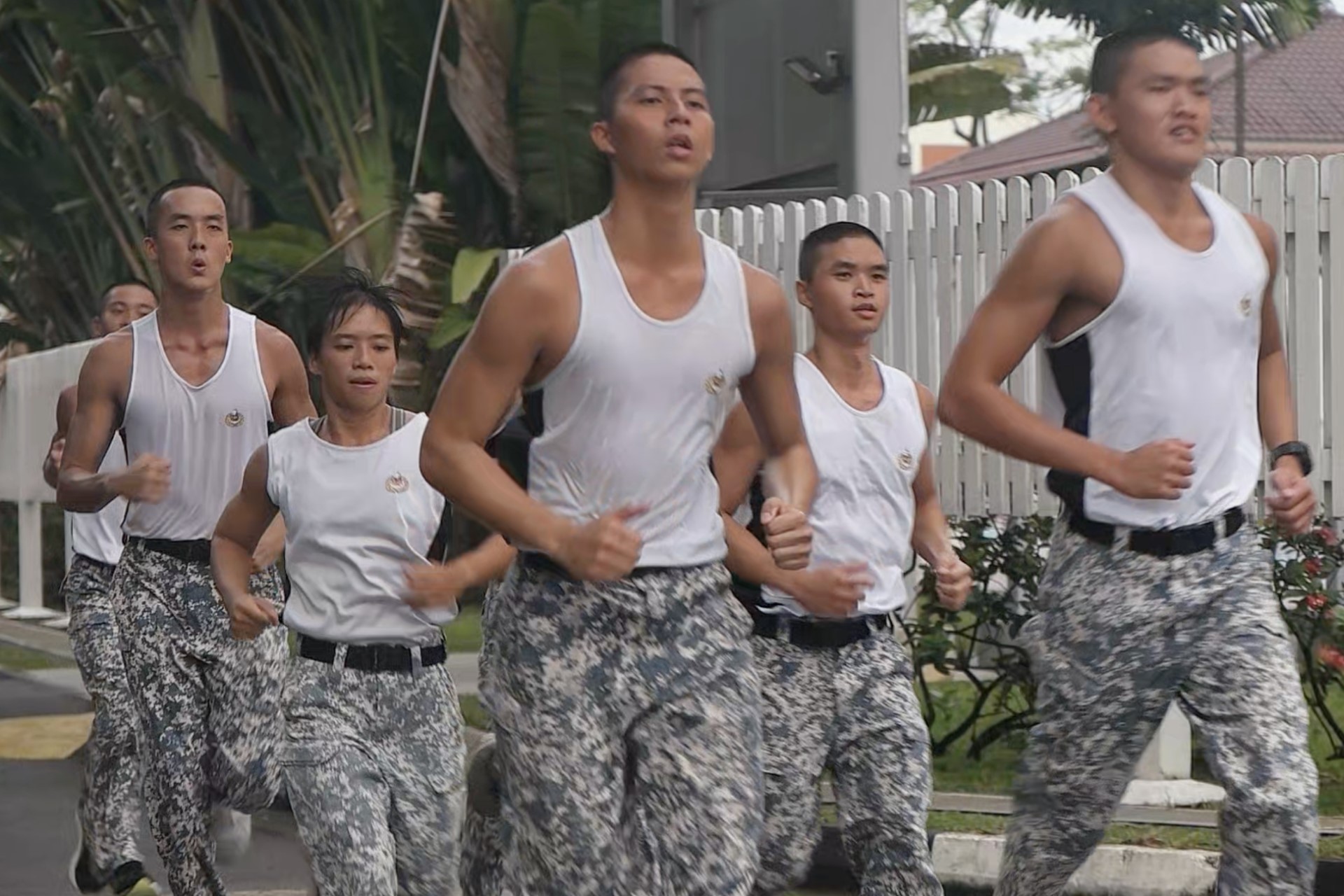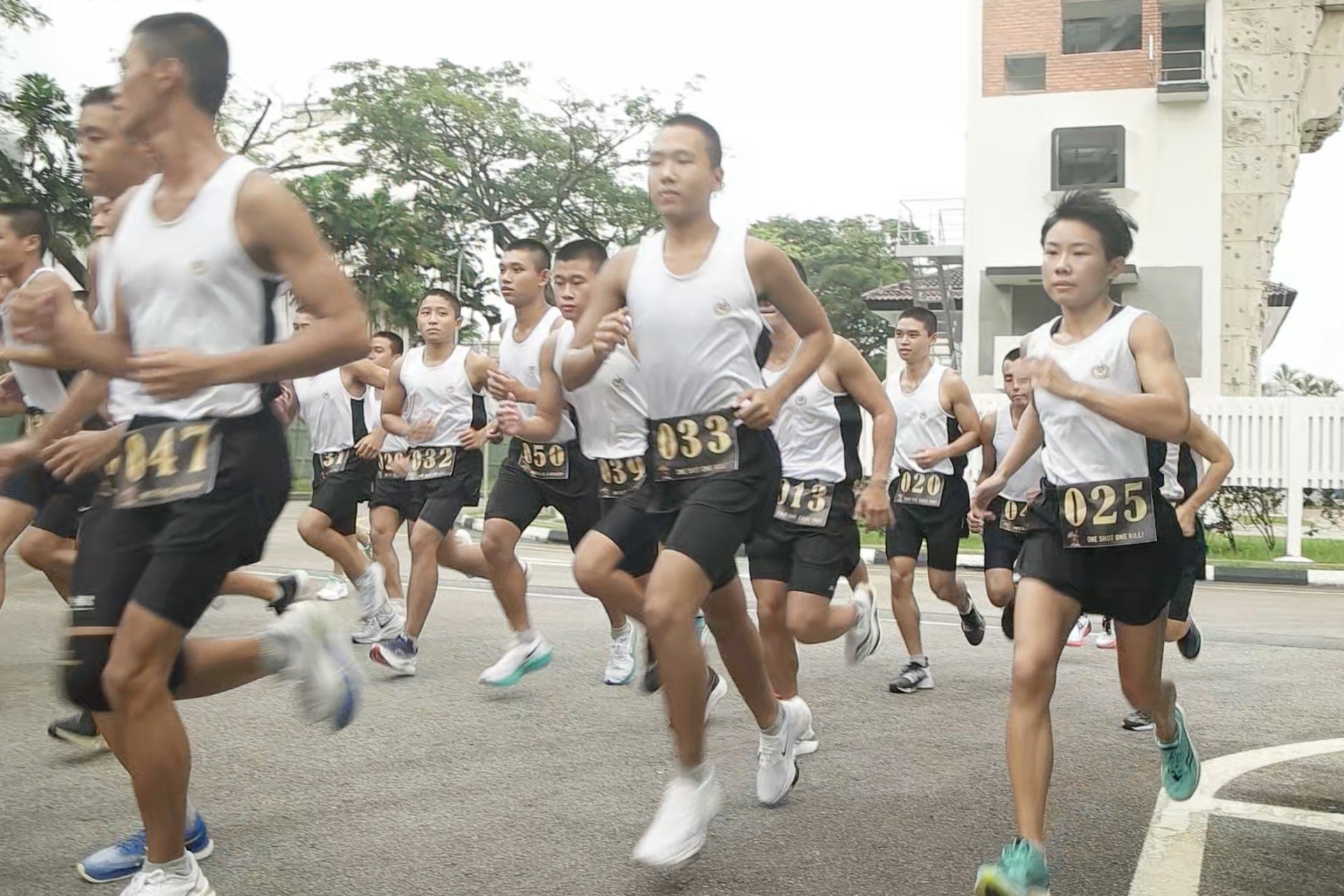PEOPLE
Two new female combat divers join NDU’s ranks
21 Mar 2024
To hell (week) and back: Buddies through the gruelling Combat Diver Course, CPT Jhosy Ng and CPT Angelia Tan spurred each other on to graduate together as elite naval divers.
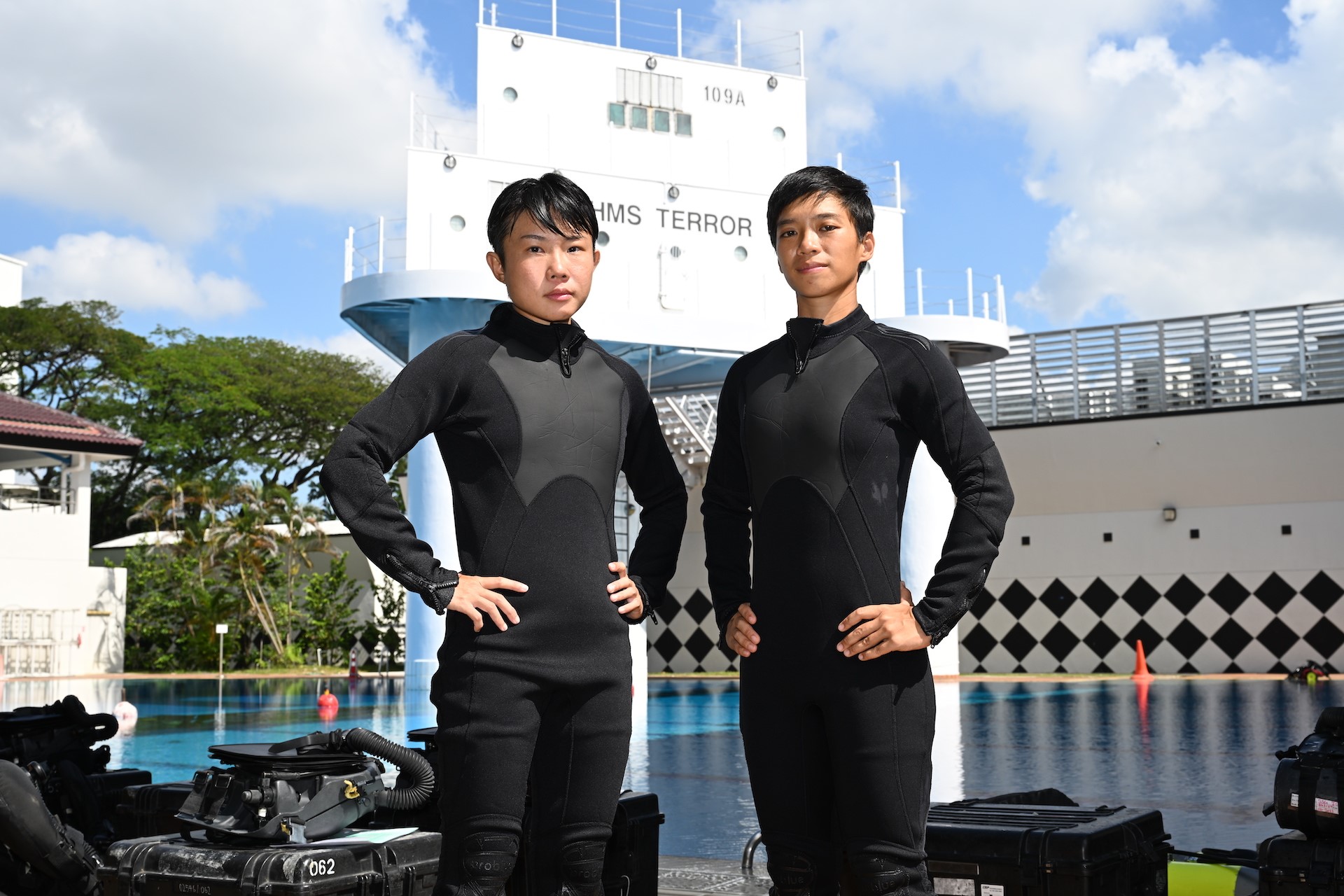
Two female tadpoles from the Navy have graduated as frogwomen.
Captain (CPT) Angelia Tan and CPT Jhosy Ng joined the ranks of the elite Naval Diving Unit (NDU) on 21 Mar, graduating among 70 trainees of the 60th Combat Diver Course (CDC).
They are the Republic of Singapore Navy's third and fourth female divers, after Major (Ret) Esther Tan and CPT (Ret) Grace Chan, and the only ones currently in service.
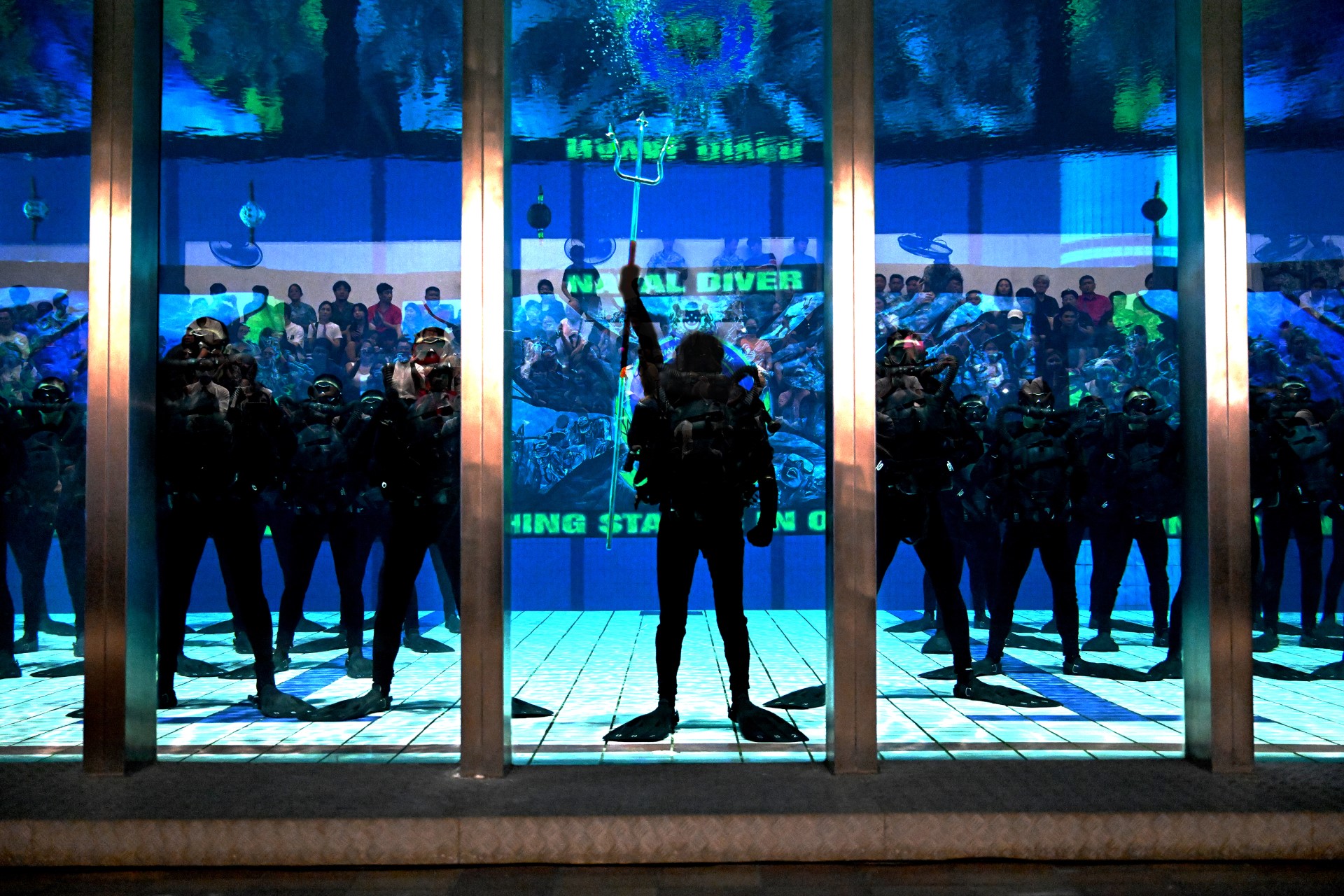
CPT Tan and CPT Ng went through the same intense training as the men during the 20-week CDC – including its infamous rite of passage called Team Building Week (also known as "Hell Week").
This included relentless rounds of physical and mental challenges like sea swims, drown-proofing, Boat Physical Training (PT) and Cold Treatment (where they are immersed in icy water).
They also had to attain the Diver's gold standard of more than 90 points for their Individual Physical Proficiency Test.
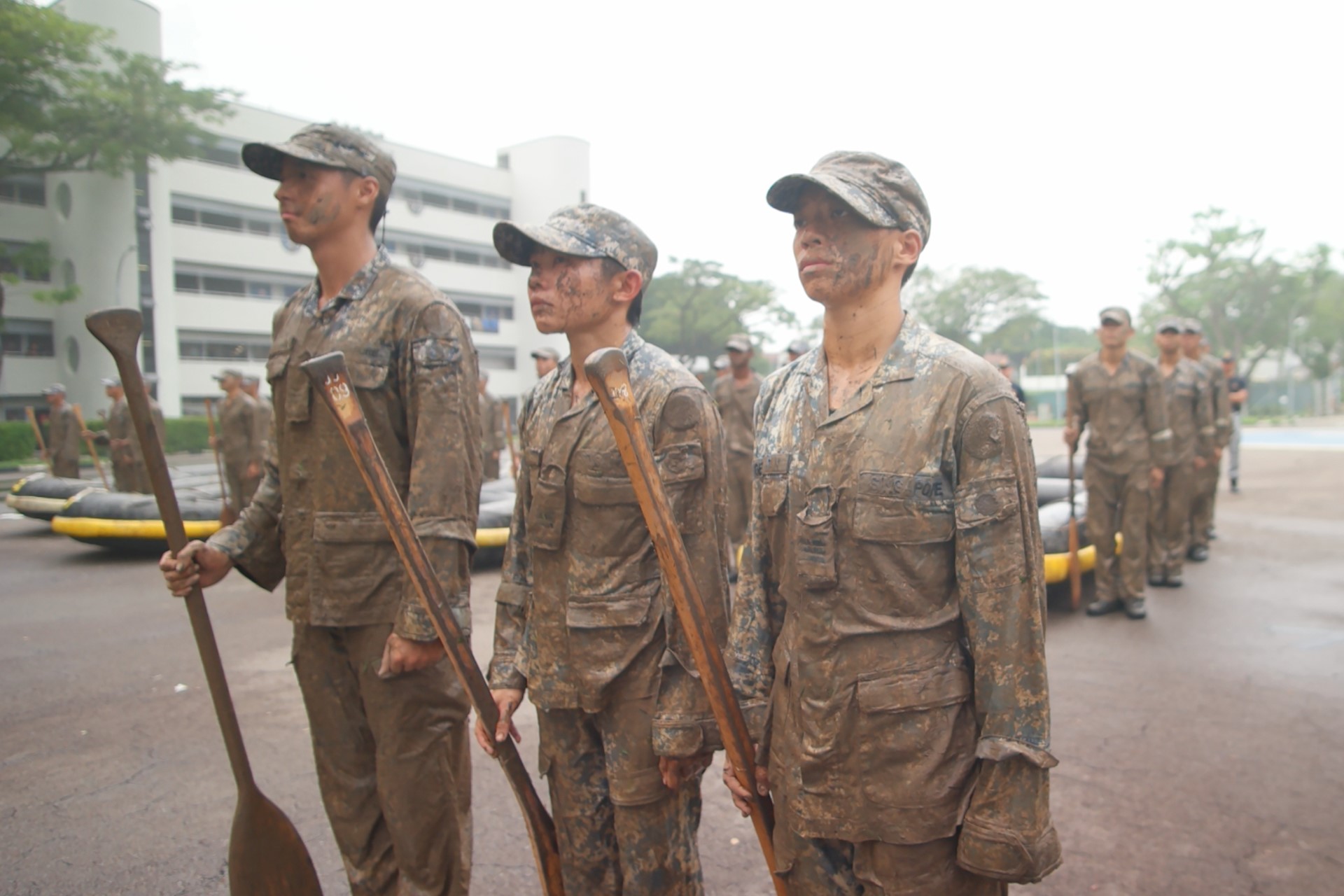
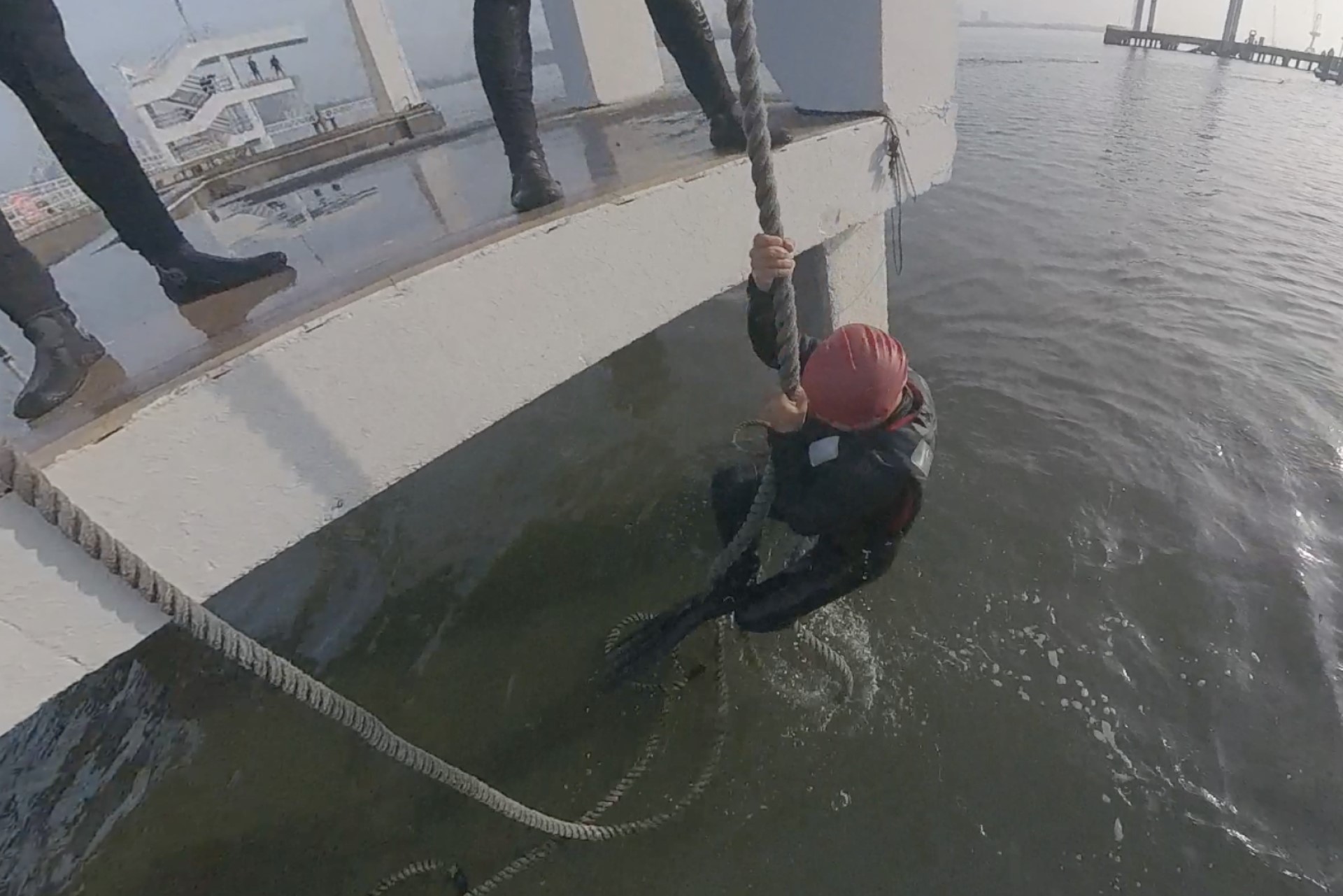
Following their graduation, they will be deployed as 2nd-in-Charge of different teams in NDU's Clearance Diving Group, performing underwater security operations and maritime explosive ordnance disposal operations to keep Singapore's waters safe.
Here's what you need to know about the Navy's two new female combat divers!
1. Who are they?
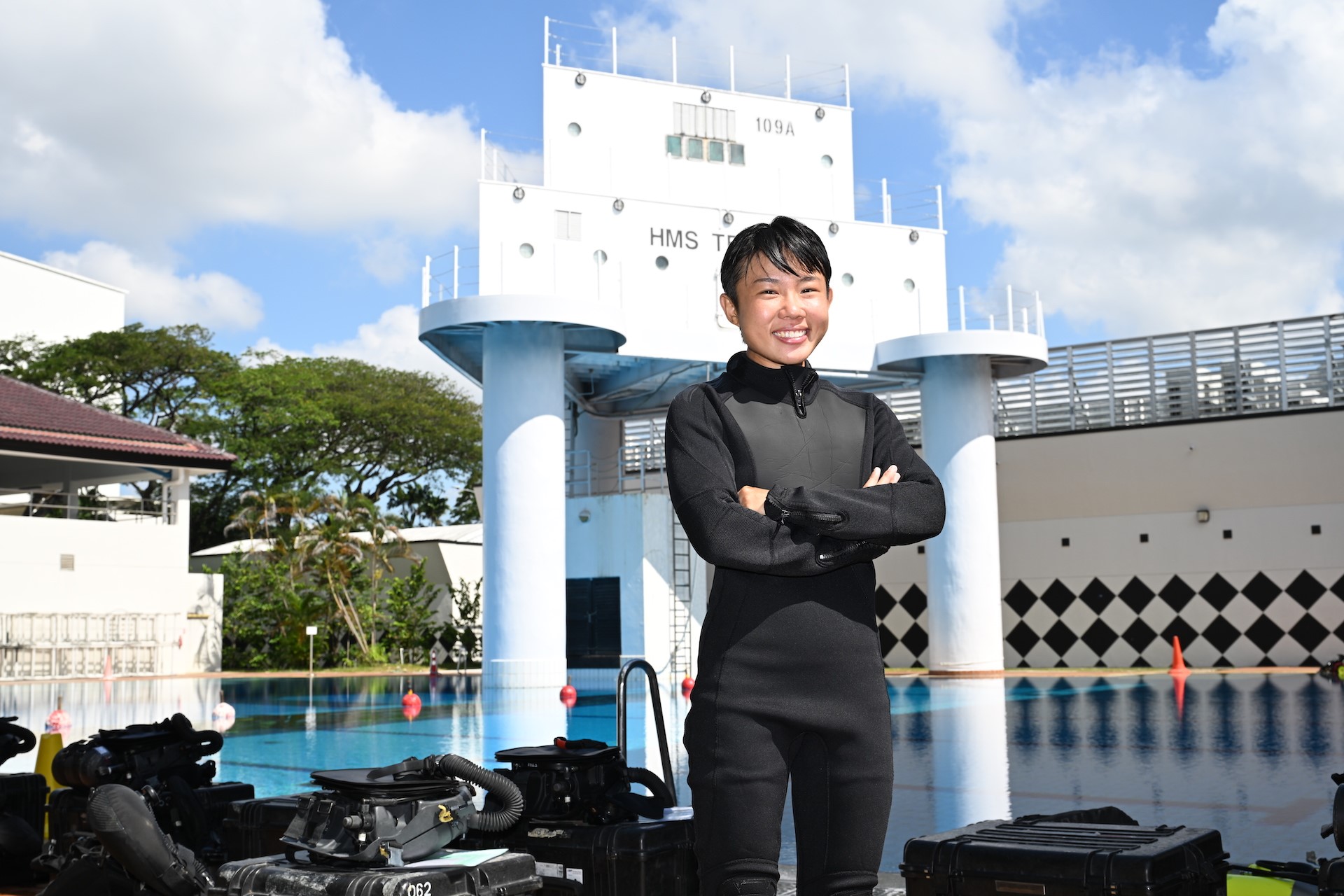
CPT Jhosy Ng, 32
"I wanted to be the best across the land, air, and sea, and no other vocation embodied it better than a naval diver."
This drive pushed CPT Ng to not only try out for the CDC, but eventually power through and emerge as best trainee for her course. In doing so, she became the first female to wield the trident during their graduation ceremony.
The top graduate is selected based on their overall performance in physical evolutions and theory tests, on top of peer and instructor appraisals.
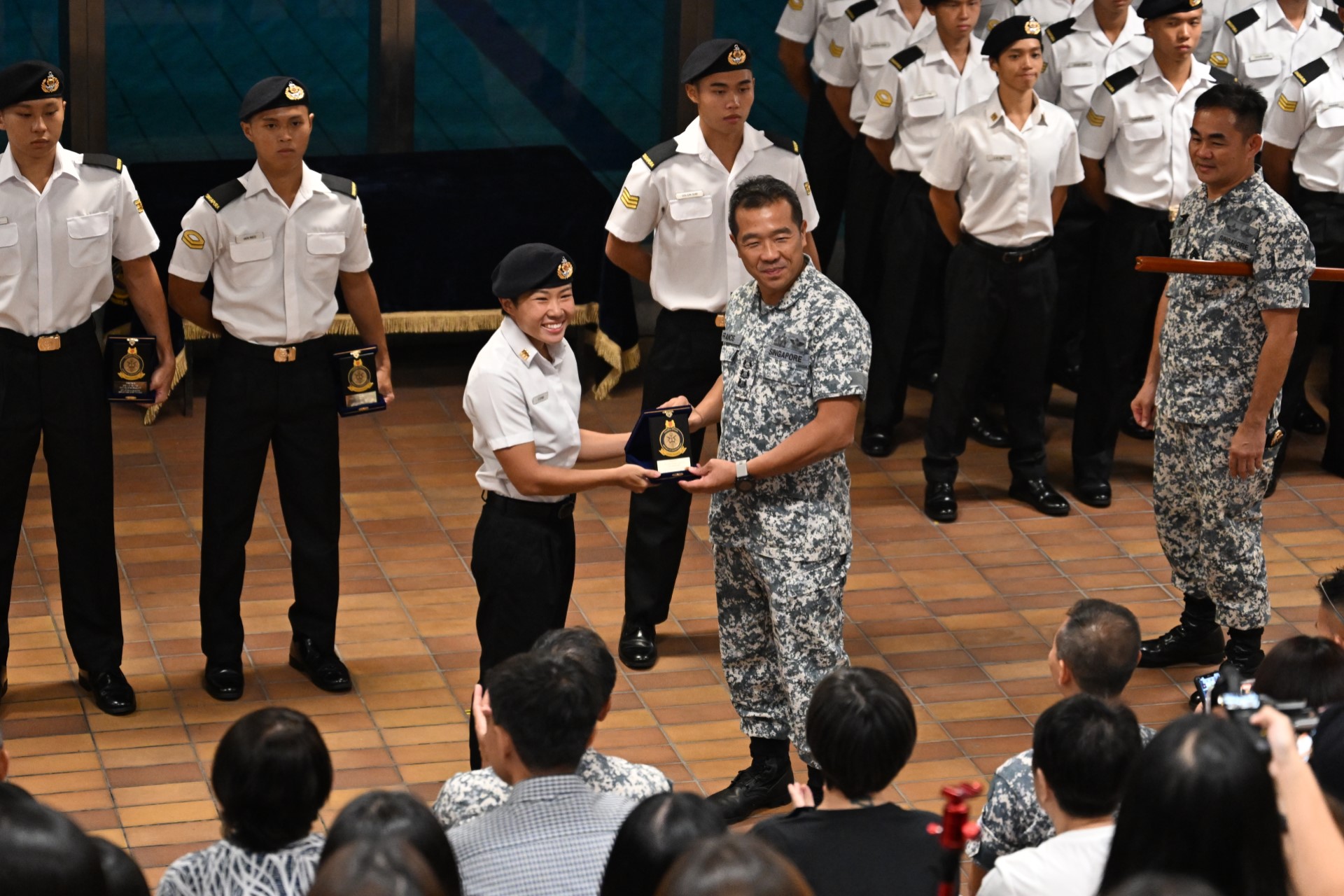
Is the CDC tougher for women compared to the guys? CPT Ng admits that some parts, especially the load-bearing challenges, can be a struggle. "Even just the twin cylinders that we use for scuba diving – they're 30kg which is about 60 per cent of my weight!"
Fun fact: CPT Ng was a speech therapist for three years before making a mid-career switch to enlist as a naval officer in 2020. She served as the Assistant Navigation Officer on board frigate RSS Tenacious and a Staff Officer in Fleet Headquarters' Training Branch before joining the 60th CDC.
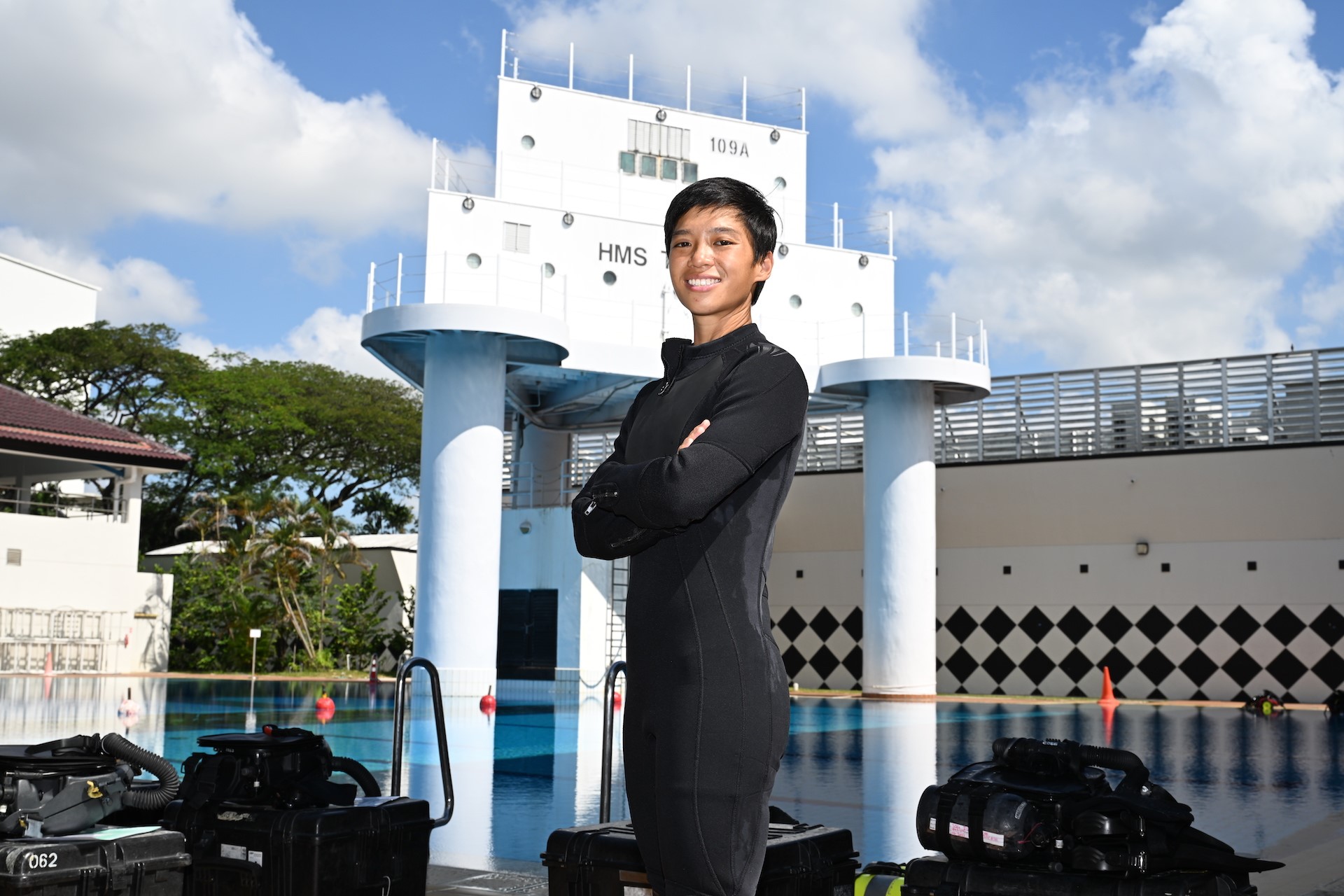
CPT Angelia Tan, 28
It comes as no surprise that CPT Tan was interested in becoming a naval diver. The water sports enthusiast enjoys the tranquillity of being underwater more than being on land!
She almost did not make the cut to join the 60th CDC, as she failed her first Diver Fitness Test, a pre-requisite for the course.
But with the support of her friends, including her then-shipmates on board littoral mission vessel RSS Indomitable, she trained harder and made it the second time around.
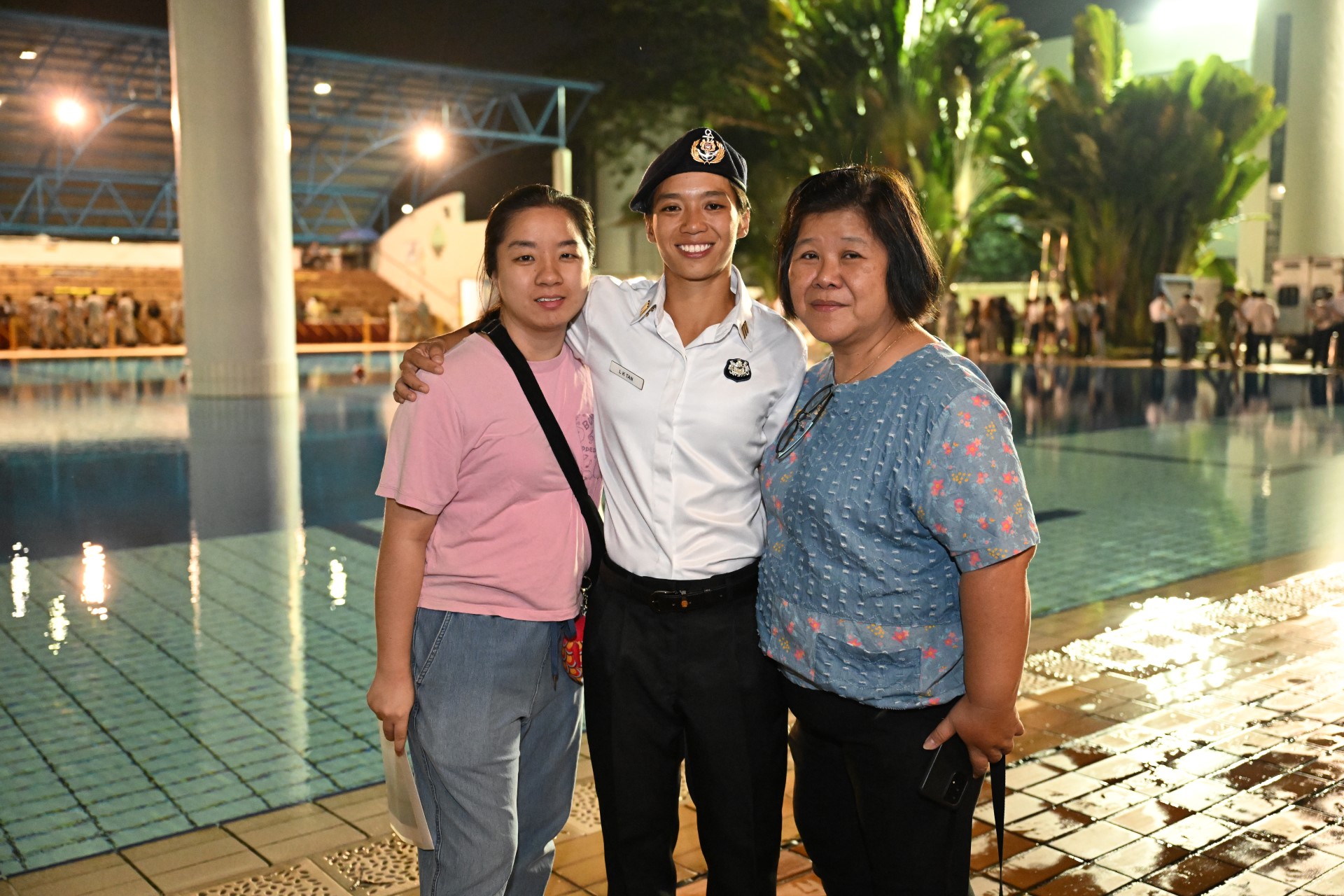
"CDC was a roller coaster ride. There were times I enjoyed myself tremendously when diving with my peers, and also times when I did not meet the standards or improve and felt quite demoralised," said CPT Tan, who has been canoeing since secondary school.
"Nonetheless, it was a memorable experience because the batch worked together and supported one another to overcome the challenges."
2. They are the first women to go through CDC
While they are not the first frogwomen, CPT Ng and CPT Tan are the first women to complete CDC and its gruelling 5-day Team Building Week. The female divers before them instead went through other physical and medical tests and diving courses to make the selection.
To even make the cut for the course, CPT Ng and CPT Tan had to pass a rigorous fitness selection (the Diver Fitness Test) which included eight stations like chin-ups, a 500m swim and a 10m underwater breath-hold swim.
The women also cut their hair short in a "boy cut" for hygiene purposes throughout the course.
Their graduation from the 60th CDC – where they had to endure the same harsh physical training and mental pressure as the men – opens the way for more female divers in the future.
3. They had to carry more than half their body weight during CDC
Small in size but big in spirit: CPT Ng and CPT Tan stand at 154cm and 156cm respectively and each weighed in below 50kg by the end of their course. This meant that certain challenges were especially daunting when they had to heft heavy weights.
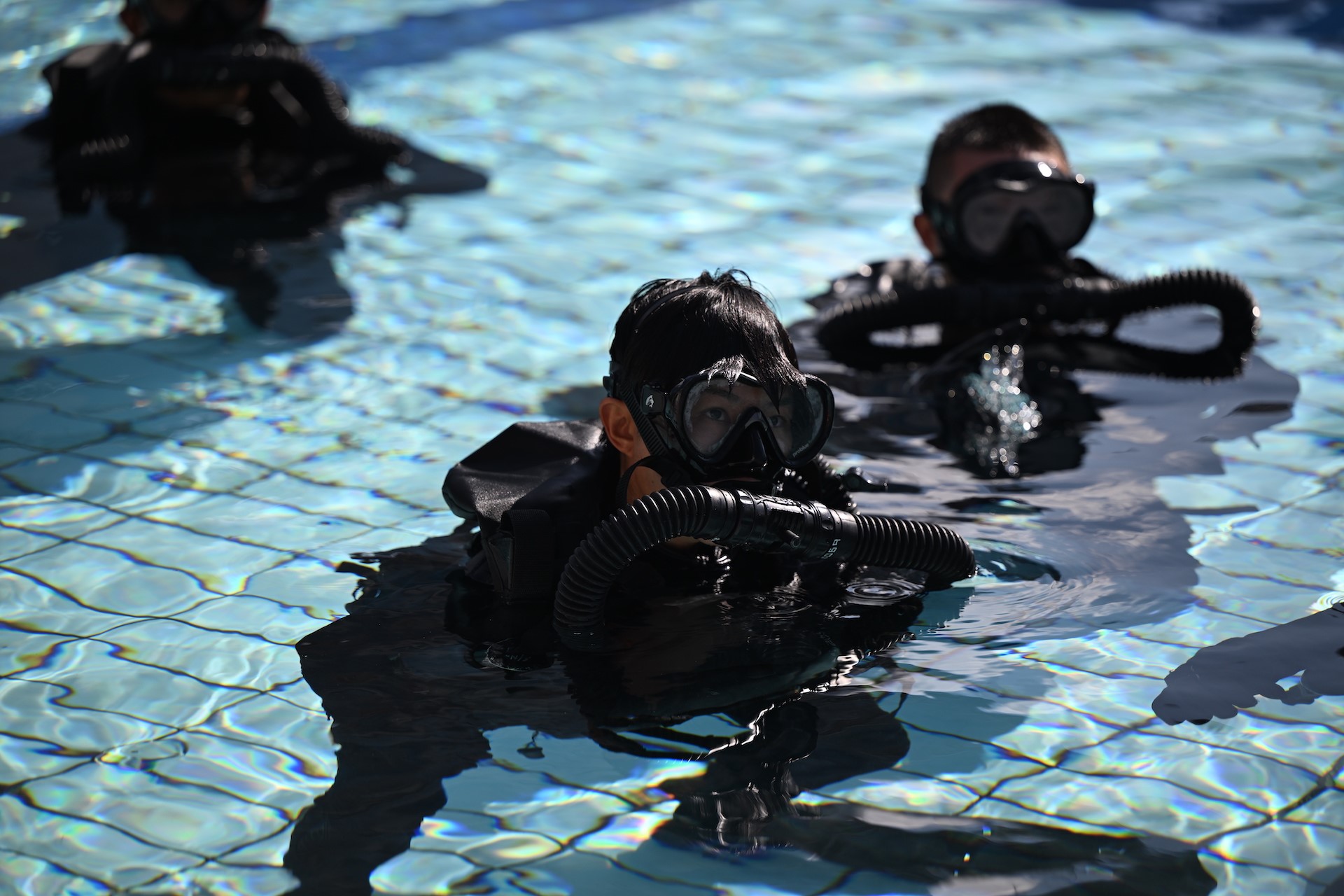
The toughest challenge came during Boat PT, where they had to carry an 80kg boat in groups of eight to nine, while completing various challenges. The group (or "boat") which won each challenge would get to rest, while the others kept going.
"We just accepted that we were going to do more. So, while everyone chiong-ed to be number one, we just prepared for the second set," said CPT Tan.
"We played to our strengths," added CPT Ng in agreement. "Our brute strength wasn't so good, but our endurance was okay, a bit better."
She credited their boatmates for their support, saying: "I think it helped that everyone was very cooperative, and no one complained or wanted to give up. So it helped us pull through."
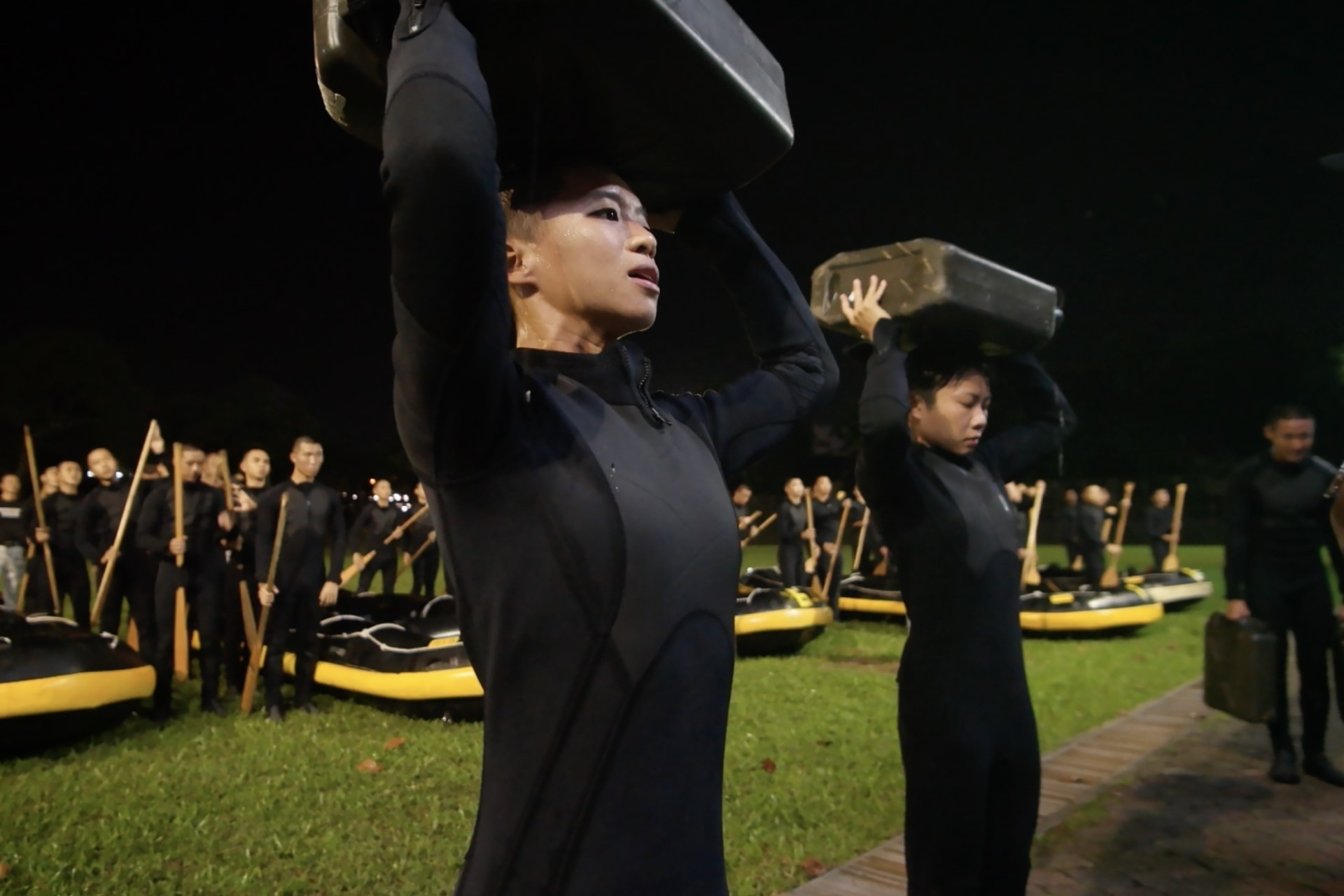
4. They were leaders in their course
The women were selected as course leaders during CDC (alongside a male Regular) because of their seniority in service.
This meant that they had to lead their fellow Regulars and Full-Time National Servicemen, on top of their own training.
"We had to watch out for their safety; sometimes when training gets tough or when we get punished, we try to talk to them and get their morale up. We also share with them about the wider Navy and what the path is going to be like for them," said CPT Ng.
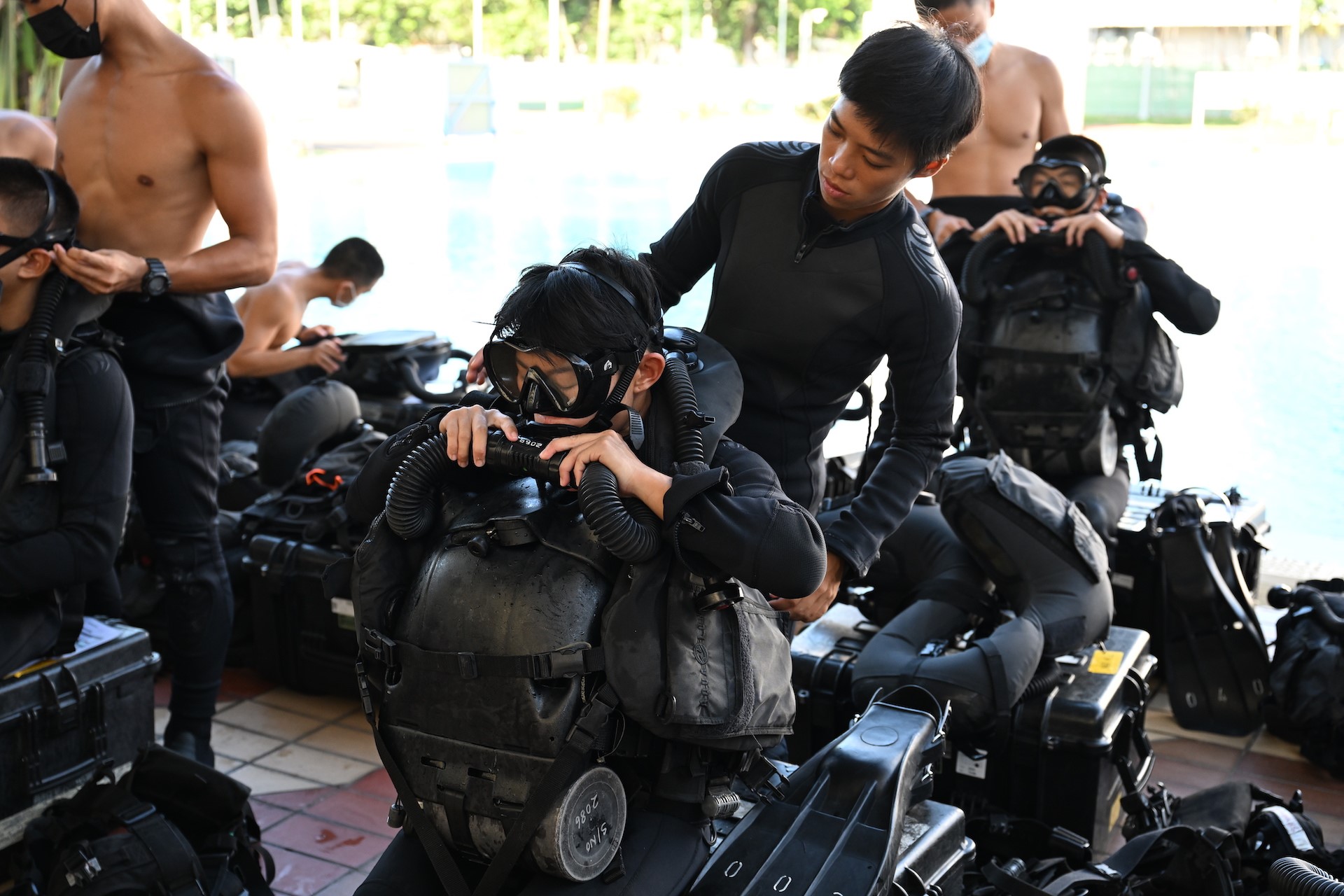
5. There was only camaraderie, no competitiveness with their fellow female diver
In case you were wondering, there was no competitiveness between the two women, who were buddies throughout their course.
In fact, CPT Ng was one of CPT Tan's biggest motivators when she had to retake her Diver Fitness Test.
"She would always check in on me and offer to train with me, because she wanted a buddy in the course," said CPT Tan, with CPT Ng laughing and nodding in agreement.
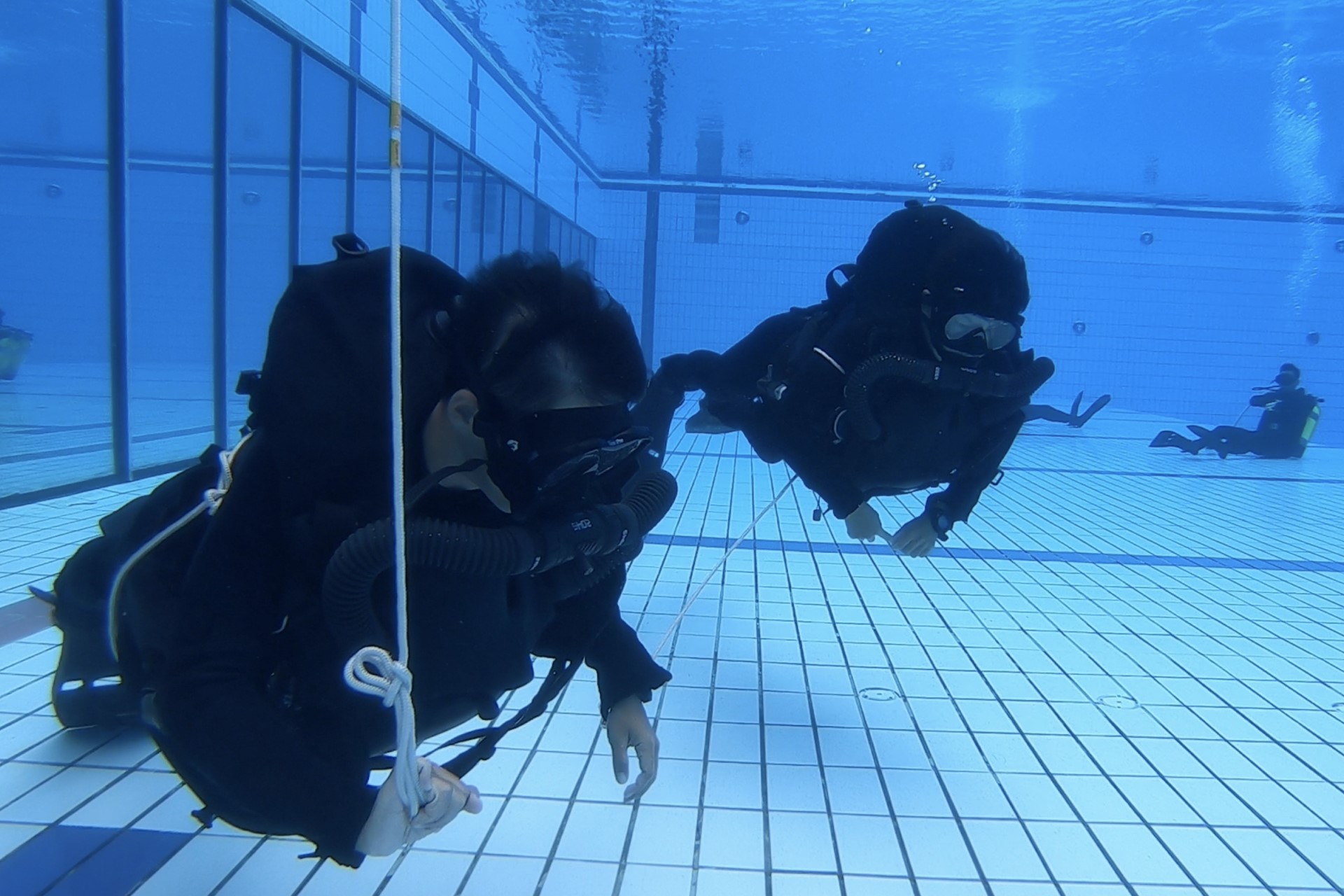
As buddies in CDC, they did almost everything together, recalled CPT Tan. "Even when we sometimes switched buddies, we were still 'in cahoots' and checked on each other.
"For most of our dives together, we have the buddy line and, even if I can't see her, I will pull on the line and know that she is there and looking out for me."
They did WHAT to prepare for the CDC? Land or sea training — which is better? Hear it from our newly minted frogwomen:
ALSO READ IN PEOPLE
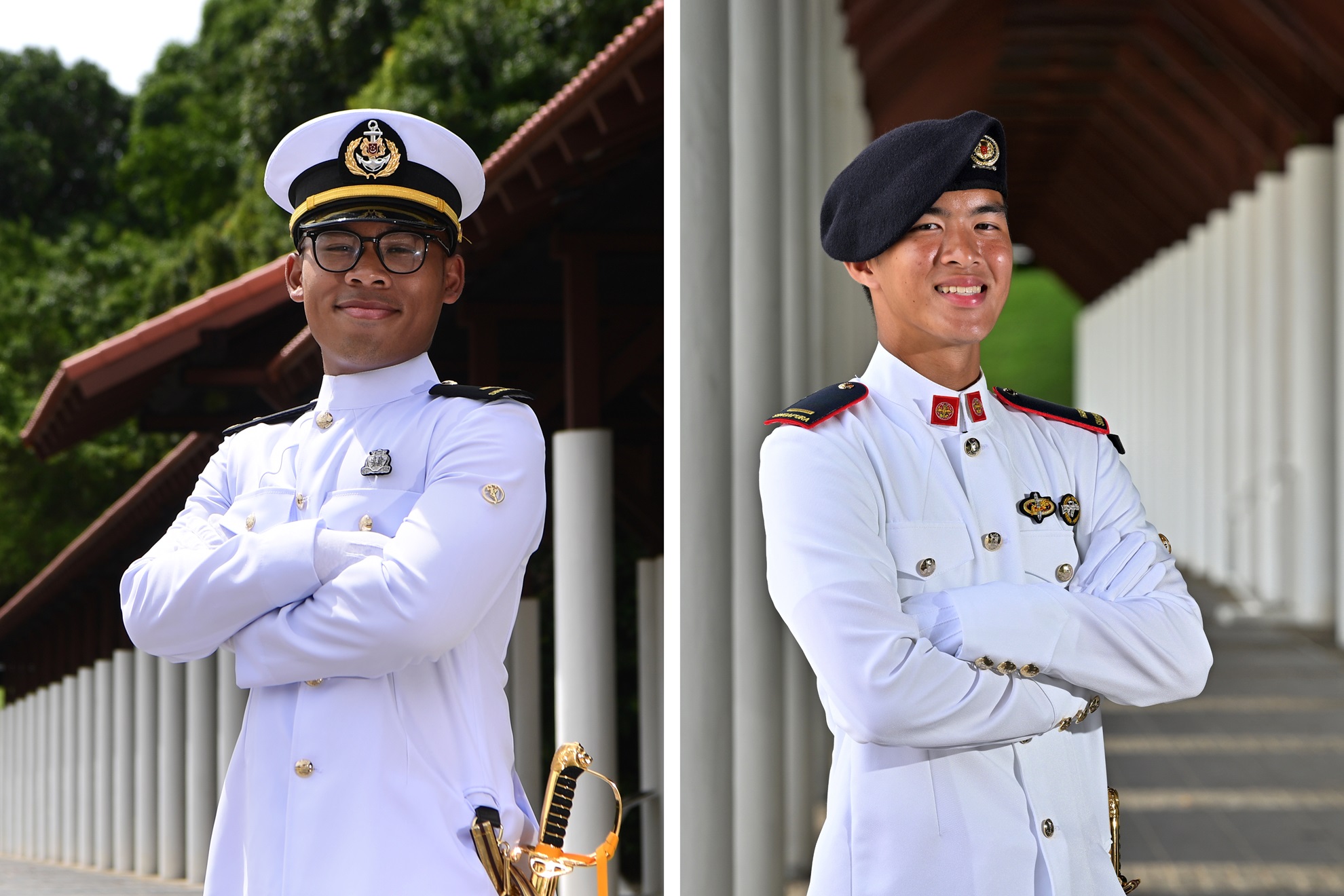
Rising above the tide & stepping forward to lead
13 Dec 2025
They’re among the SAF’s latest batch of officer graduands this year. Meet 2LT Mohamad Wira Kuriniawan and 2LT Ryan Ong, who will be heading to the Navy’s 180 Squadron and 1st Battalion, Singapore Guards respectively.

Guardian of the skies, guardian of family heritage
08 Dec 2025

Father & son, bonded by service
02 Dec 2025

